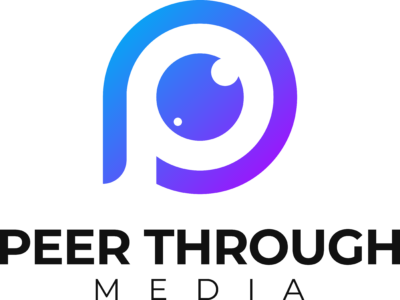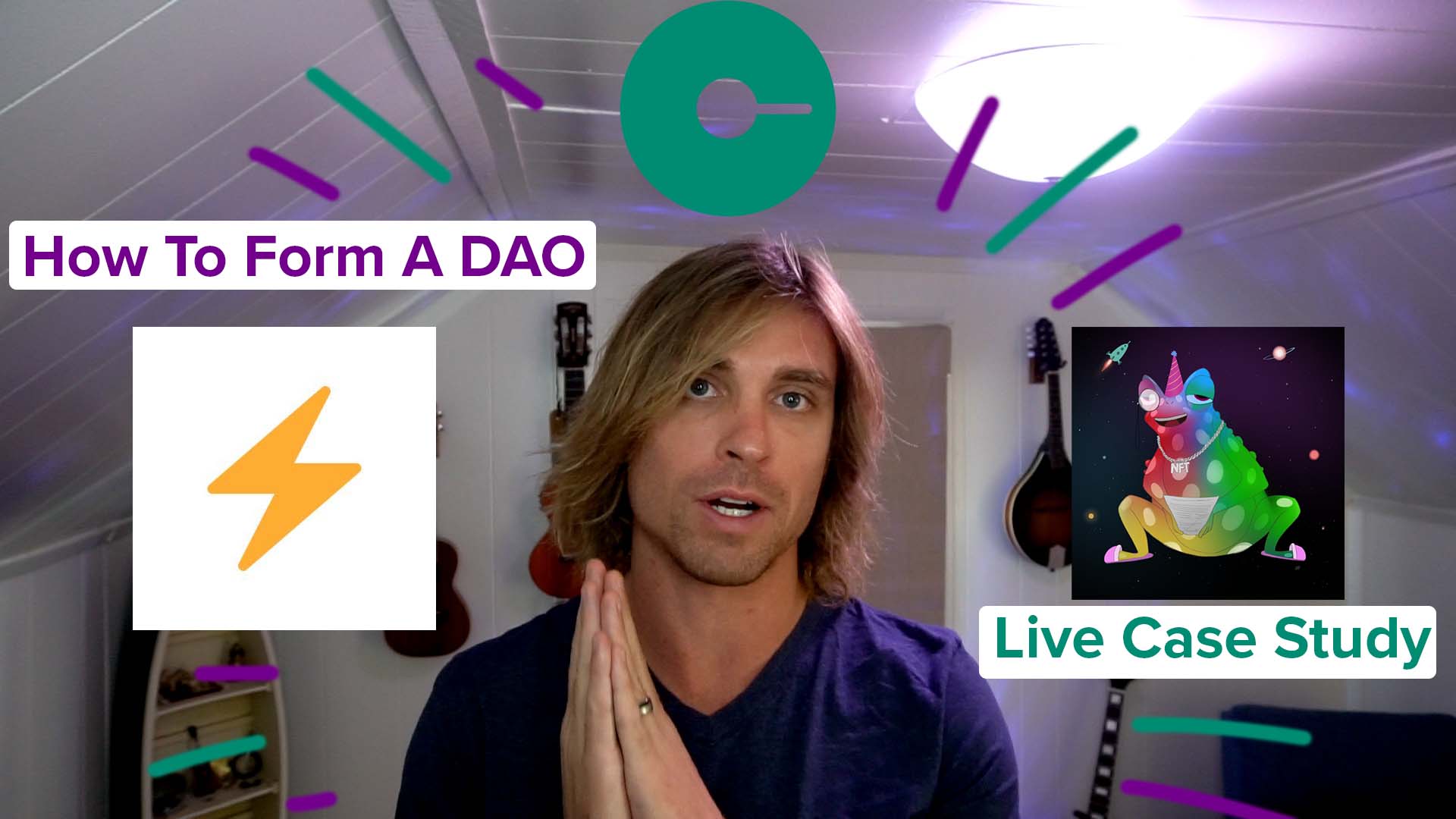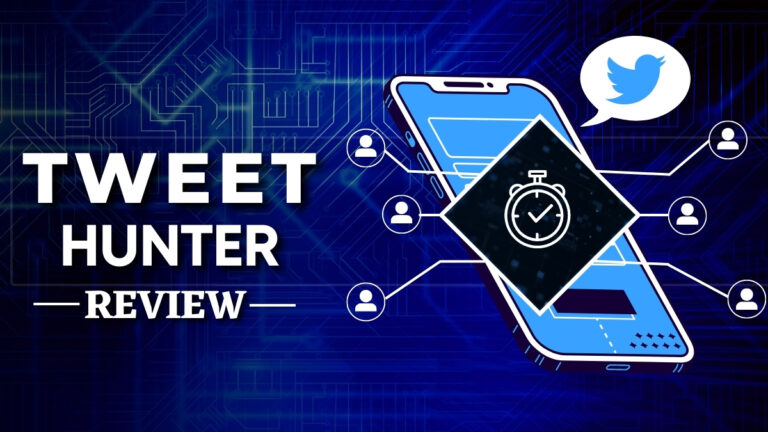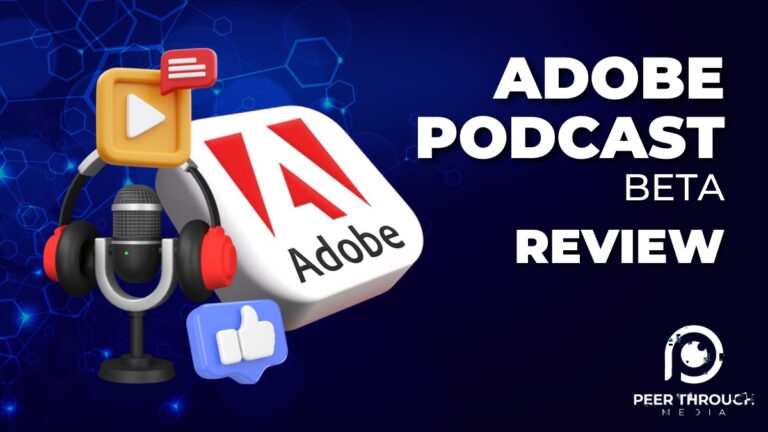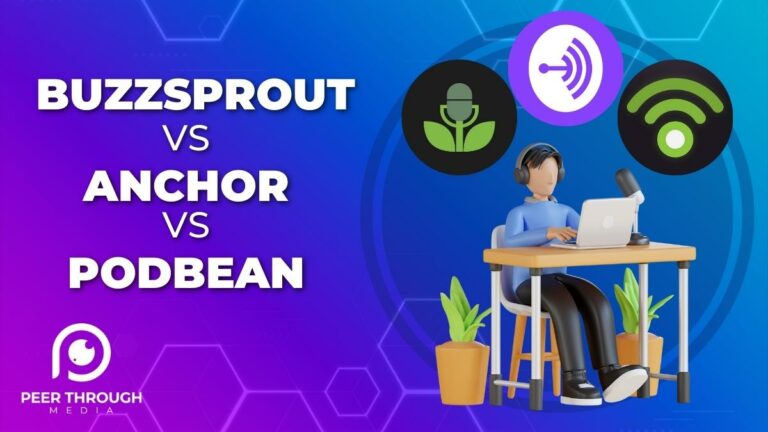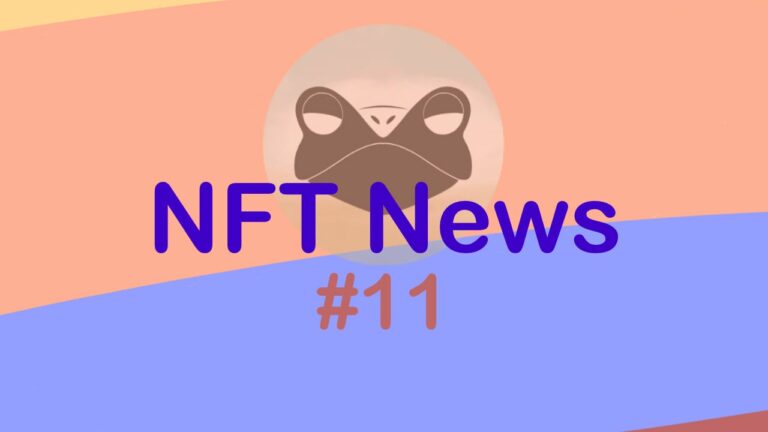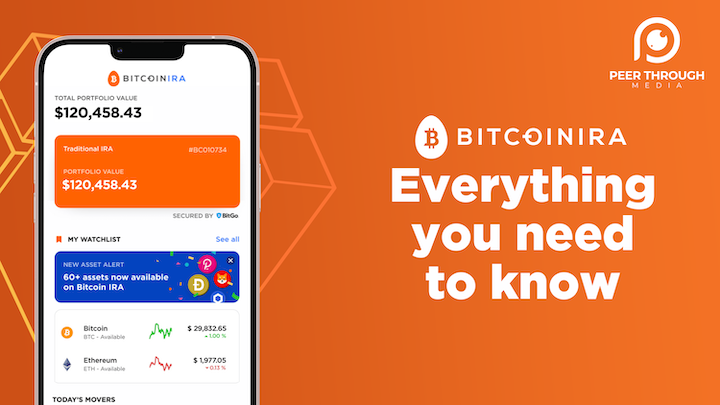What is a DAO and How do you Build a DAO?
In this article, I’m going to cover my research on Decentralized Autonomous Organizations (DAOs). I’ll present the tools anyone can use to quickly spin up an online organization with a shared bank account.
DAO stands for Decentralized Autonomous Organization. This is a term you’ll be able to unpack by the end of this article. Let’s start with an oversimplification of a DAO as being a company that is formed on the blockchain.
An even better definition I’ve seen floating around for a DAO is “a chat room with a shared bank account.”
So…
Why are DAOs important?
DAOs are important because they enable large groups of people to pool their resources and rally around a common cause. True DAOs are also trustless meaning the participants don’t have to trust each other, the leaders of the organization, or spend tons of time and money on paper work and legaleze.
Theoretically, DAOs can spin up in a day and dissolve just as fast and everyone who participated can receive their share of the treasury.
I see DAO’s as the next, next wave. It’s Wall Street bets with a coordinated community wallet and governance system.
DAOs enable a sea of David’s to rise up and take down Goliath.
No Fun DAO
This article is spawned through research on my own NFT project turned DAO, No Fun Toads.
We sold 2222 toads on the Ethereum blockchain. 20% of the proceeds went toward mental health charities. 20% of the proceeds go into the No Fun DAO treasury.
The first step toward creating a treasury was to set up a community wallet.
After that, we’re gearing up to launch a token, buy some land in the Metaverse and further explore the crazy world of DAOs, NFTs and web3.
I’d love if you join us by grabbing a Toad on opensea.
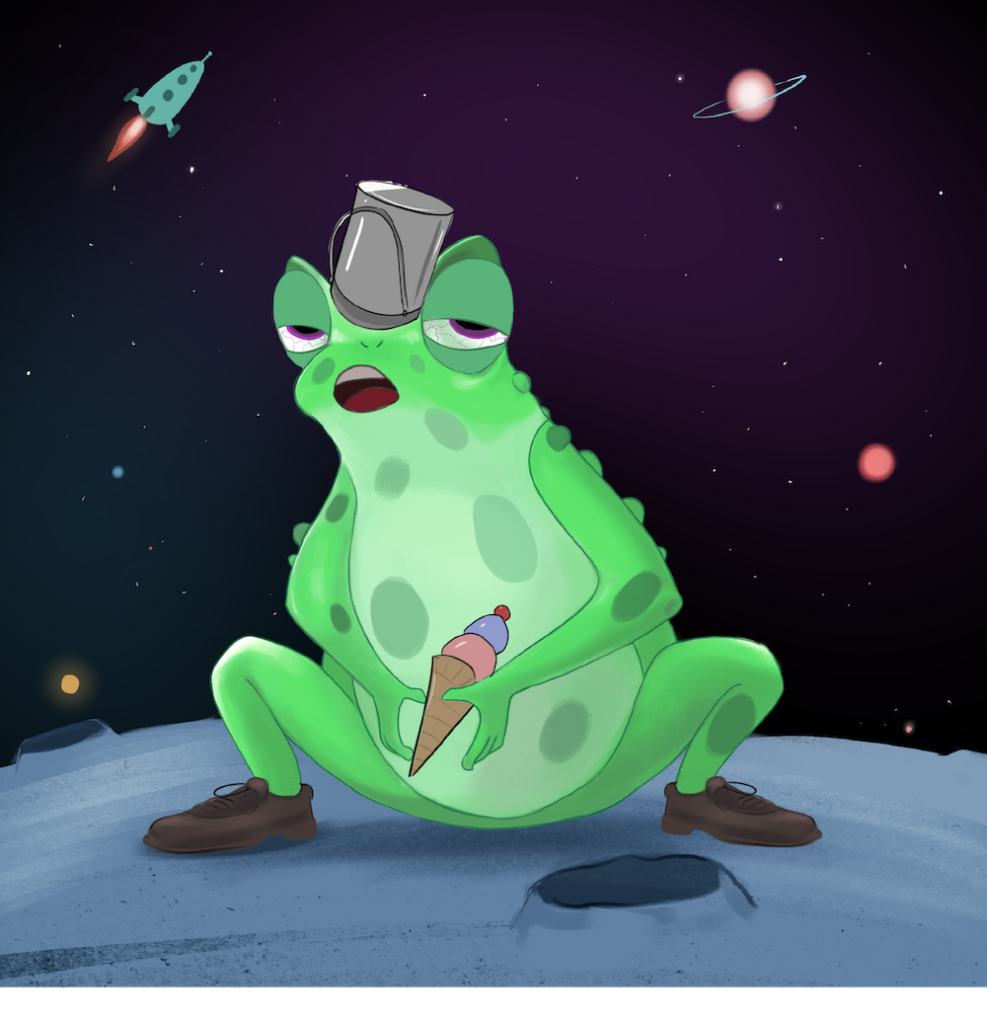
What are the main components of a DAO?
The 3 main components that make up a DAO are:
- A Community Wallet
- A governance system that likely includes a native governance token
- An execution layer – this is a smart contract or trusted group that enacts the outcome of DAO votes.
Platforms like Aragon, DAOstack, Colony and more offer full no code solutions to spin up a DAO. They also enable users to create a compatible ERC20 token. They even offer some common governance template structures to run your DAO (like Moloch DAO).
These platforms are great and worth looking into. But for the purpose of this article, I’m going to discuss some of the lower level building blocks contained within these platforms so that we better understand some concepts regarding DAOs.
A DAO Community Wallet – A Multi-sig Wallet (Gnosis Safe)
A community controlled wallet is really the core of a DAO. Gnosis-Safe is the most popular solution for a community wallet, because it is an on-chain multi-sig wallet.
What is Gnosis-Safe / What is a Multi-sig Wallet?
Gnosis-safe is the most trusted on-chain solution for a multi-sig wallet and has become the core operating system for DAOs.
Gnosis-safe is a fully on chain multi-signature wallet. What that means is that your funds are stored on the blockchain (on-chain) rather than in a centralized, custodial server.
The term ‘multi-sig’ means that multiple accounts have signing rights over the wallet. You can set certain rules for those signers. For example, let’s say your organization gives 5 addresses “signing permission”.
For efficiency, you could make it so all 5 people are authorized to sign transactions and spend from the wallet. Or, more commonly, a system of checks and balances. For instance, 3 of 5 people need to ALL sign a transaction before funds can be removed from a wallet.
How you set it up is up to you.
Giving multiple people the ability to use a wallet’s funds is a safeguard in case a project lead goes missing and funds are stuck.
Making multiple people HAVE to sign a transaction prevents any one person/hack from draining a wallet and running off with all the funds and/or making a decision that doesn’t go with the majority.
By Just Having A Community Wallet is it considered a DAO?
If all you’re trying to do is pool your money equally with 4 other friends to buy some NFTs, you could likely get away with only having a multi-sig wallet. Signing the transaction serves as voting. AKA, 3 out of 5 people sign – so you buy. So there’s a layer of decentralization and organization there.
But how do you scale that coordination amongst thousands of people all with different % stakes in the treasury? Also, the point of a DAO is for strangers to be able to collaborate trustlessly, not just friends.
Setting up a Fungible Governance Token for your DAO
For voting and governance to scale and to be weighted by member holdings, a DAO will likely create a native token.
Once you have a native, fungible ERC-20 token, you can set up Snapshot.
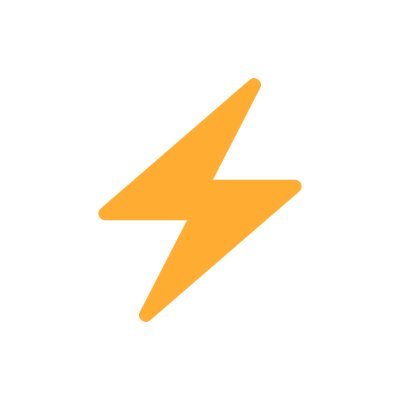
What is Snapshot?
Snapshot is an offchain voting solution for Decentralized Autonomous Organizations (DAOs).
Using snap shots, DAOs can make proposals and members can vote on those proposals in a fee-less manner because of the off chain signing system.
Snapshot still does read token balances to check if someone is in the DAO and how much of a token weighted vote to grant that member.
Most of the top DAOs in Ethereum and on EVM compatible side chains utilize snapshot for DAO governance.
What is SafeSnap?
In a true Decentralized Autonomous Organization, the decentralized decision is automatically carried out by a smart contract on the blockchain.
SafeSnap is an app that connects a Gnosis Safe to a snapshot vote so that the actions of the vote are carried out autonomously.
For instance, if a DAO is voting on the proposal, “should we buy No Fun Toad NFT #420for 5 ETH?” you could configure safesnap to read the outcome of the snapshot vote. It would then automatically purchase the NFT if “yes” is the decision.
The idea here is to remove a human agent having to be “trusted” to execute the decision of the community.
However, because there are always edge cases and we’re still in the early days, many DAO’s still appoint someone or some group to press the buttons and make the trades.
As time goes on, and as DAOs become bigger, more complex (but also more focused), and tech becomes better they will be come more and more decentralized and autonomous.
Are DAOs Legal Entity’s?
The short answer is, kinda. A bill passed in Wyoming recognizing DAOs as a legal entity. But it seems to still be a gray area.
Honestly, that’s too much for this article to cover, because that gets into legal and tax advice and one thing I am certainly not is a lawyer or accountant so please don’t take any of this as legal or investment advice.
Otoco.io -wrap your DAO into an LLC on chain
There is a company out there called Otoco.io, which lets you wrap your DAO in a legal structure, like a Wyoming LLC, or offshore corporation using only your metamask.
I find it fascinating, but again, don’t feel qualified to really figure out how much and what types of protection that grants DAO members.
If you’re knowledgeable on the subject, please let us all know.
Conclusion on DAOs
I hope this article helped you on your journey learning about DAOs. I wish you the best of luck in building your DAO. I’d love it if you’d like to come explore alongside my friens and I by joining the No Fun Toads.
Either way, have fun, and be safe out there. I appreciate you reading.
